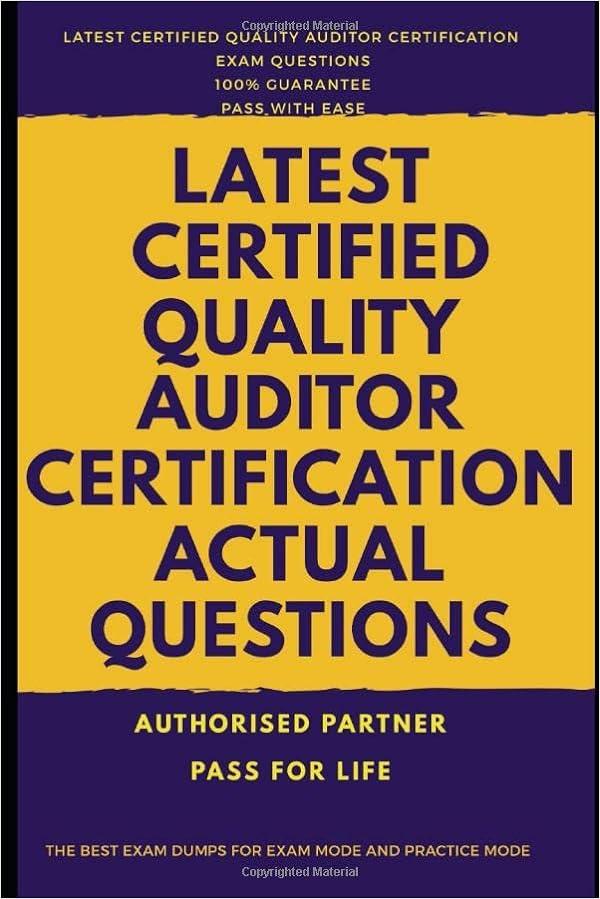Question
This is a problem I am having trouble on solving for the number of firms. I am able to get as far as isolating N,
This is a problem I am having trouble on solving for the number of firms. I am able to get as far as isolating N, but I can't figure out how to solve for it algebraically. The Chegg textbook solution does not help. It merely lists the nermerical solution, but it does not show how to solve for N.
I am able to get to this step,
sqrt(8n)*(n+50) = 2928
but I can't get past it. Here is the original question:
Suppose that the demand for stilts is given by D(P) = 2428 - 50P and that the long-run total operating costs of each stiltmaking firm in a competitive industry are given by C(q) = 0.5q^2 -10q Entrepreneurial talent for stilt making is scarce. The supply curve for entrepreneurs is given by Qs = 0.25w where w is the annual wage paid. Suppose also that each stilt-making firm requires one (and only one) entrepreneur (hence the quantity of entrepreneurs hired is equal to the number of firms). Long-run total costs for each firm are then given by C(q,w) = 0.5q^2 - 10q + w a. What is the long-run equilibrium quantity of stilts produced? How many stilts are produced by each firm? What is the long-run equilibrium price of stilts? How many firms will there be? How many entrepreneurs will be hired, and what is their wage?
Step by Step Solution
There are 3 Steps involved in it
Step: 1

Get Instant Access to Expert-Tailored Solutions
See step-by-step solutions with expert insights and AI powered tools for academic success
Step: 2

Step: 3

Ace Your Homework with AI
Get the answers you need in no time with our AI-driven, step-by-step assistance
Get Started


